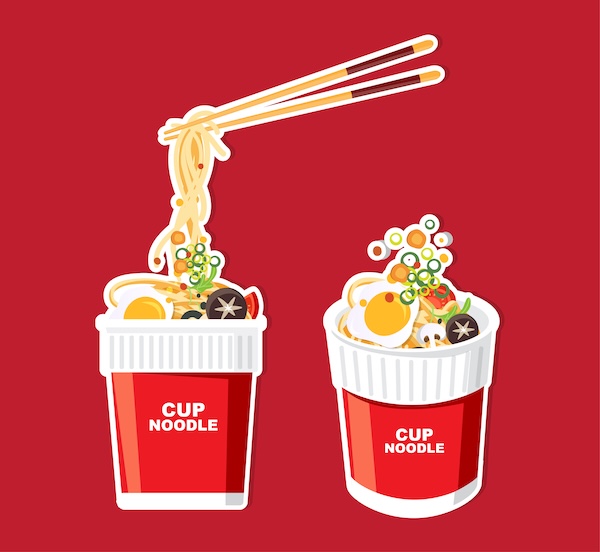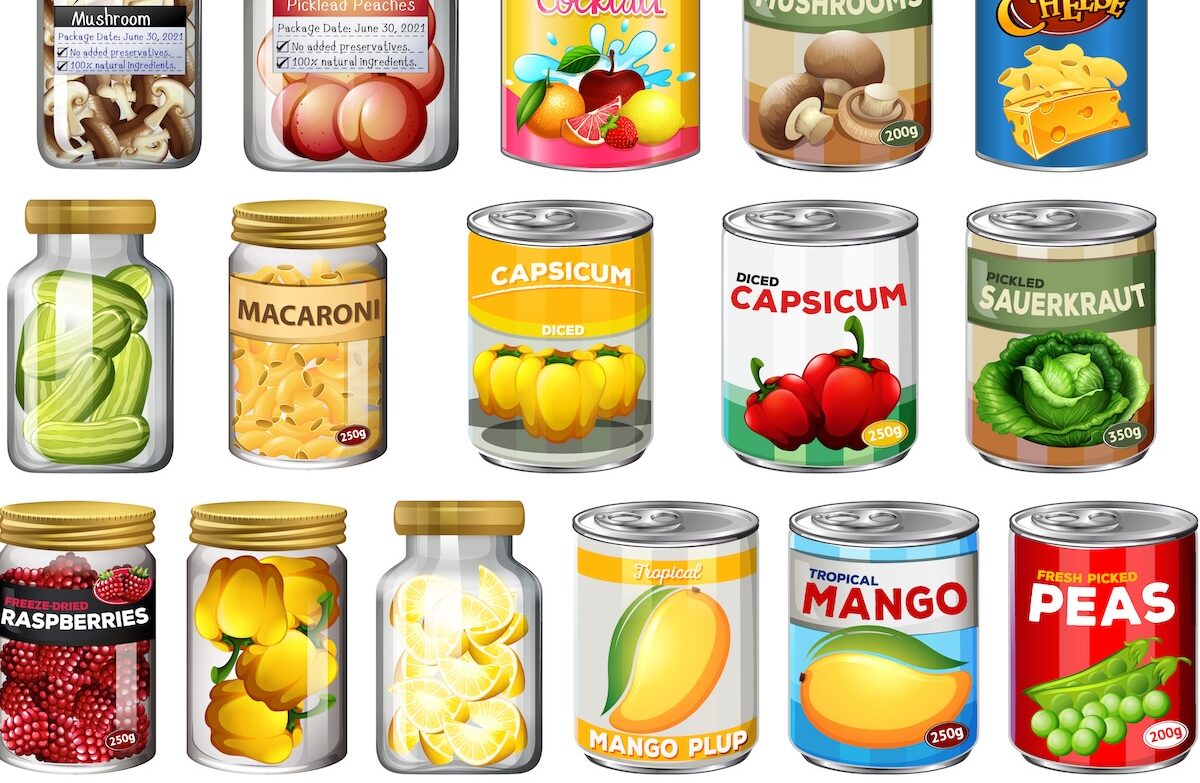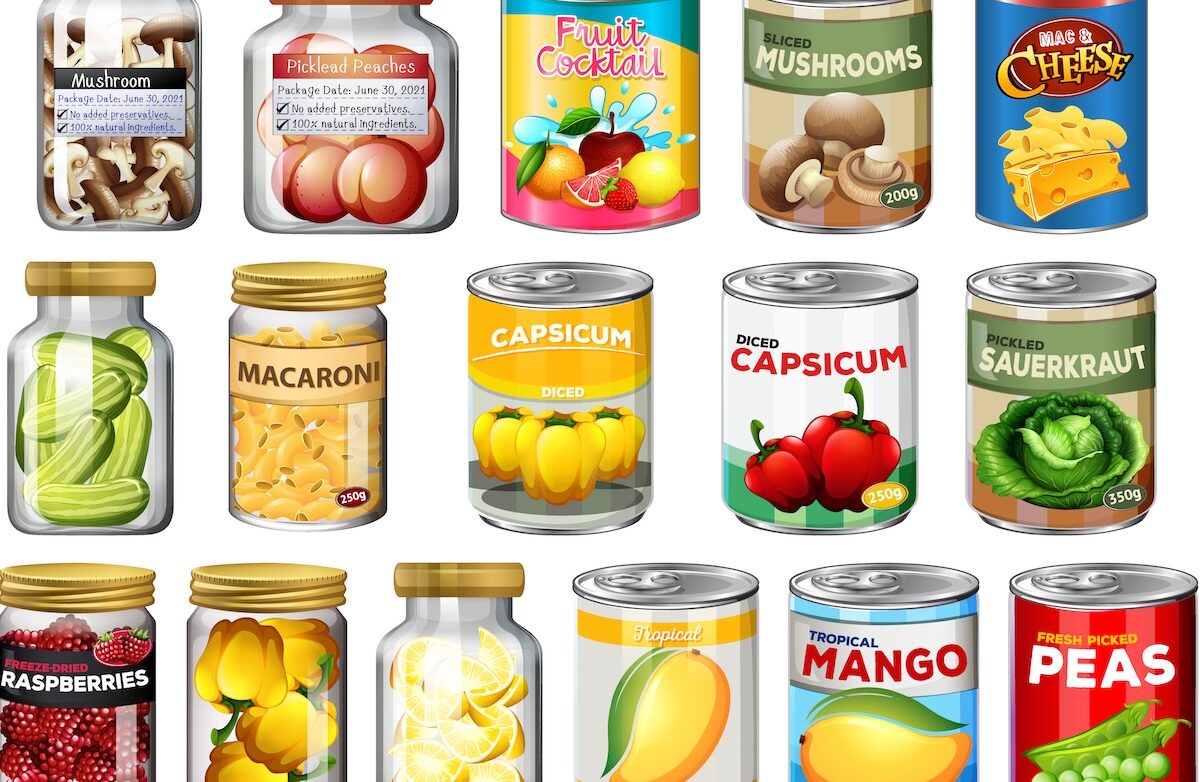Food-based inventions encompass an extremely lucrative industry but deciding whether to pursue intellectual property (IP) protection for your invention or determining which IP rights may be applicable to your invention can be difficult.
IP rights for food-based inventions can protect anything from recipes to processes of manufacture, to the products themselves, to the food packaging and/or the associated branding or imagery. These rights are essential in preventing competitors from copying such inventions, irrespective of whether you are a large multi-national company or a lone inventor.
In this article, we discuss examples of different types of IP rights that can subsist in food-based inventions.
Patents for Food-based Inventions
A patent is often the first consideration for many inventors. It provides the owner with the exclusive right to prevent others from making, using, importing, exporting, keeping, offering to sell or selling an invention for up to a maximum term of 20 years. While a patent might sound like a one-size-fits-all solution, for food-based inventions, they may not always be the best course of action to stop potential competitors.
In return for the 20-year monopoly provided by a granted patent, a comprehensive description of the invention is published in the public domain. This means that any is free to observe the contents of a granted patent, and once the 20-year monopoly period is over, anyone can utilise the patent description to recreate the invention and subsequently commercialise the same without the risk of patent infringement. The necessity for public disclosure of an invention can therefore make patent filings an unattractive form of IP protection for those wanting to keep their food-based concepts confidential. For example, if Coca-Cola had obtained a patent for their original recipe, then by the early 1900s, the patent would have expired and competitors would have had access to the recipe and the legal right make, sell and use drinks made to that recipe. Instead, Coca-Cola pursued a different IP strategy, relying on trade secrets, and arguably became the household name that they are today as a result of that decision.
A further consideration when it comes to patents, is that to meet the requirements for patentability, an invention must be both novel and non-obvious; and demonstrating these two things in an already crowded technical field, can be difficult. However, small changes to established recipes, products or processes may be patentable if a clear technical effect resulting from that change can be demonstrated.

Despite the potential issues, there are numerous examples of food-based patents where patent protection has been granted, and businesses have thrived as a result of the patent monopoly provided. For example, Frank Epperson’s 1924 patent (US1505592) for Popsicles (“Frozen Confectionary”) and Momofuku Ando’s 1970 patent (JPS4931113) for “Continuous automatic mold filling device for noodles” which led the Cup Noodles brand to success. It is often the case that when the nature of an invention is such that the recipe, product or process can be easily reverse engineered or recreated by a competitor, then a patent is the most reliable IP option to prevent an unauthorised competitor copying.
Another example of when a patent can be advantageous is when the recipe, product or process relates to a scientific advancement in a particular food sector. To give a modern example, Impossible Foods Inc have patents relating to their plant-based alternatives to meat products, most famously their “Impossible Burger” (US10986848). For Impossible Foods Inc, their patent protection has allowed them a 20-year monopoly on the market, whilst disclosing the invention, which will allow innovators to develop and grow the market, thereby demonstrating their support and commitment to their mission statement of a reduction in global meat consumption.
Protecting Trade Secrets
As previously mentioned, sometimes a patent isn’t the best option for IP protection, and in those cases, keeping the invention as a trade secret can be the best alternative. A trade secret is information that is secret, has commercial value, and is subject to reasonable protection measures. Whilst patents have an expiration date, trade secrets can be retained, in theory, indefinitely provided that the trade secret remains confidential. We’ve already briefly touched on the use of trade secrets by Coca-Cola. Other examples of extremely successful trade secret recipes are the KFC Original Recipe of 11 herbs and spices, Lea & Perrins Worcestershire Sauce, and Krispy Kreme Doughnuts.
However, little protection is available once information that was formally a trade secret becomes public knowledge. In 2006, a Coca-Cola employee attempted to sell a new recipe for $1.5 million to Coca-Cola’s longstanding rival, PepsiCo. It was only due to the actions of Pepsi in reporting the intended breach to the FBI that the breach was contained. The public prosecutor for the case, David Nahmias, later stated that Pepsi had brought the case to the attention of law enforcement because of the importance of trade secrets for all players in the industry.
Trade Marks and Food Brand Identity
As well as protecting food recipes, packaging and manufacturing methodology, another key consideration for food companies is the use of IP rights that can nurture and grow brand recognition. Trade marks are used by companies to protect words, symbols, logos and sometimes even shapes of their food-based inventions. A registered trade mark provides exclusivity to the owner to use the mark for an indefinite period of time, providing renewal fees are kept up to date. They are an valuable marketing tool in the food industry to allow a brand to gain prominence, as well as preventing unauthorised users from copying. Examples of trade marks include the logos that brands use to identify their products, but trade marks can also extend to slogans such as McDonald’s “I’m lovin’ it” (US2978889), shapes of food in the case of the 3D-triangular Toblerone (EU000031203), and even packaging as demonstrated by the trade mark for the iconic shape of the Coca-Cola glass bottle (EU002754067). Another interesting example of trade mark protection is that awarded for colours, of which confectionery giants Cadburys and Milka both hold trade marks for their iconic purples (UK00003019362 and EU000031336, respectively) which are an intrinsic part of their brand identity.
Registered Designs of Food-related Products
Another form of IP protection sought in food-related inventions is registered designs which can be used to protect the appearance of a product. Registered designs can be maintained for a maximum term of 25 years in the UK and Europe. For example, Cadburys have registered designs not only for their packaging, but also for the shape and appearance of their chocolate bars (GB6149619) and Marks and Spencer’s hold a registered design (GB6134278) for a Light Up Gin Bottle.
Other Rights in the Food Industry
Further IP rights include copyright, which can subsist for example in the case of a recipe book, or unregistered design protection in the case of some types of food packaging. These rights arise automatically, without the need for registration.
The IP strategy for a new food product, process or recipe is extremely important to the commercial success of the same, with often a combination of the above types of IP protection being used to ensure the success of the product.
At Bailey Walsh & Co, we have an experienced team of patent and trade mark attorneys who can advise on all aspects of the Intellectual Property rights discussed above. To arrange a free consultation with one of our expert attorneys, please contact Bailey Walsh & Co. on +44 (0)113 2433824.

